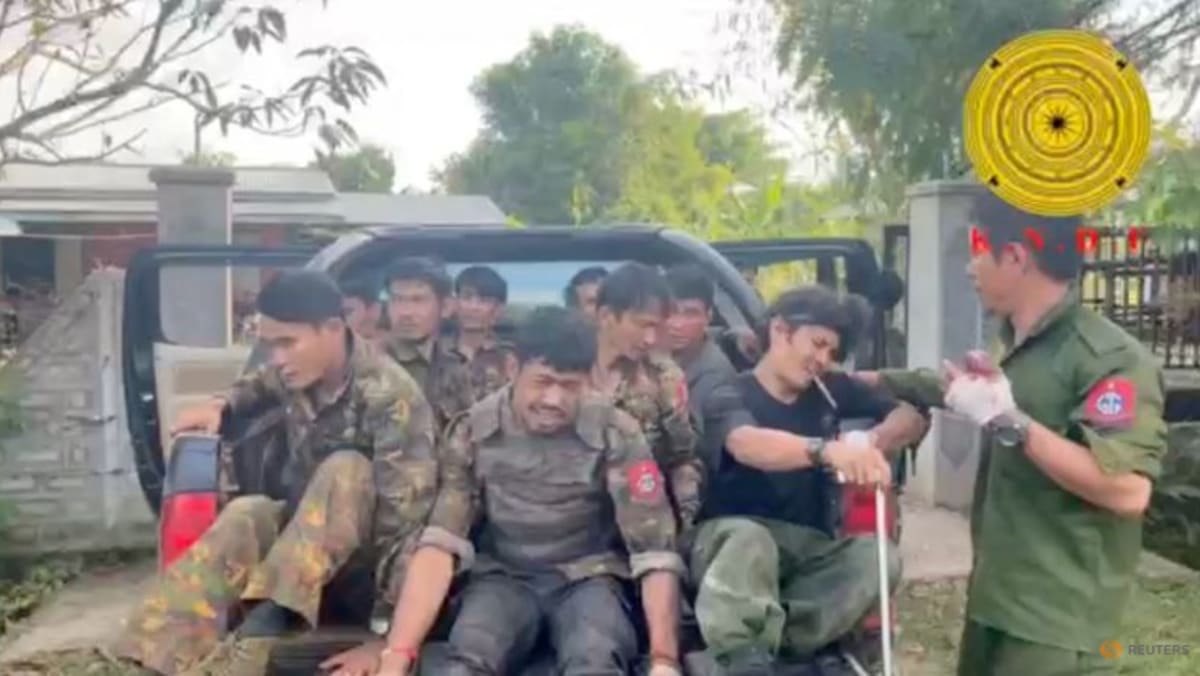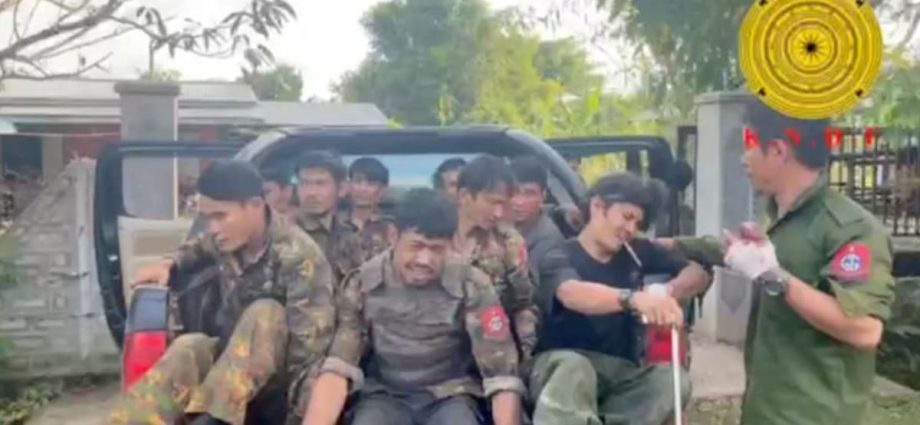
Changes in military expenditure in the post-2011 transition also created an imbalance among the infantry, naval and air forces. Since 2006, Myanmar’s military equipment expenditures have favoured the navy and air force, though the military’s main challenge is counterinsurgency (that is, handled by the army).
The military’s share of the 2011 budget (at 23.6 per cent) – approved by the State Peace and Development Council before the transfer of power – was US$2 billion. This coincided with plans to expand the air force by purchasing MiG-29s while the navy was buying submarines from Russia, India and China.
These big-ticket acquirements came at the expense of the army: Soldiers deployed to the frontlines now are reportedly using bamboo baskets as backpacks. What’s more, the army’s reported 522 ground-troop battalions are understaffed.
TARNISHED CREDIBILITY
These past policy decisions are now coming home to roost. The Myanmar army keenly feels the loss of strongholds such as Mongko and Kunlong, which previous cohorts of soldiers had wrested from the CPB in 1967-68 and 1989. Recent Facebook updates by Operation 1027 forces show ethnic armed organisation soldiers marching into a Myanmar army base at Kunlong, where abandoned tanks, truck-mounted rocket launchers, and even Howitzers are visible.
Even if the SAC and Myanmar army recognise the root causes for the current turn of events after Operation 1027, it may be a case of too little, too late. The Myanmar army’s credibility has likely been tarnished, in the eyes of its supporters and detractors.
Wai Moe is a former Burmese political prisoner turned journalist. He was also a Visiting Fellow with the Myanmar Studies Programme at ISEAS – Yusof Ishak Institute. This commentary first appeared on the ISEAS-Yusof Ishak Institute’s blog, Fulcrum.

